Forestry Career: What Do Foresters Do?
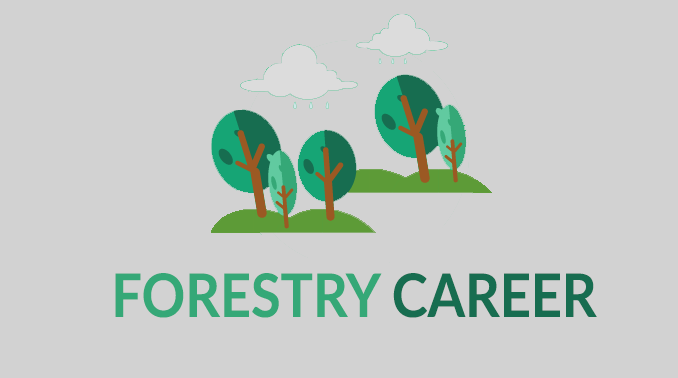
DEFINITION:
A forester is a professional who manages forests, balancing the use of natural resources with environmental protection. They also ensure resources like timber are used responsibly and sustainably.
What does a forestry career involve?
Forestry careers are one of the top 30 environmental science careers. A typical day in a forestry career involves:
- TIMBER CRUISING: Tree cruising involves inspecting trees, and identifying tree species type, and estimating timber volume before harvesting.
- BLOCK LAYOUT PLANS: Foresters also use GPS at forest sites to sketch out the extent of harvesting boundaries in block layout plans.
- TREE MARKING: They also locate tree markings, property boundary flags, and forest buffers and enter them into a GIS.
Let’s take a closer look at what foresters do.
1. What’s the difference between an arborist and a forester?
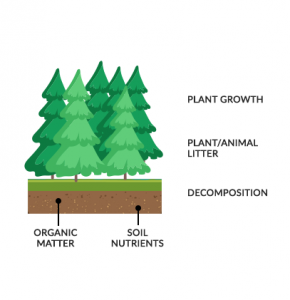
Foresters are different from arborists in the following ways:
- ARBORISTS: An arborist is basically a tree trimmer. If you are not trimming trees, then you are treating them or selling products that do exactly that.
- FORESTERS: Foresters are more about harvesting timber. If not harvesting timber, it will be about conserving the environment. Foresters often do both such as logging operation impact studies. These sustainability studies minimize the negative effects of harvesting trees.
Forests cover approximately 30% of Earth’s land surface. This makes it a tremendous influence on global warming and climate change. But as urban area expands globally, forest cover is in the decline. So, this is why some types of foresters oversee and manage timber as a resource. Are we managing forest resources in a sustainable manner?
2. Who hires foresters?
Companies and government organizations hire foresters for various reasons. If you’re looking for a forestry career, here are the biggest employers that hire foresters:
- GOVERNMENT: Government foresters manage public lands. They develop silvicultural management plans for timber production. But this can include plans for watersheds, recreation, and wildlife management as well.
- CONSULTING: Consulting foresters assist in environmental impact assessments. They also develop management plans for private land owners including aesthetics.
- REAL ESTATE: Real estate needs foresters that focus on timber production in residential and commercial development.
- PROCUREMENT: Procurement foresters do timber cruises and investigate the purchase of standing timber for mills.
- CONSERVATION: There are foresters who perform worldwide forestry assessments for conservation scientists and climate change. Non-profit groups hire foresters because it’s an important habitat for birds and wildlife.
3. How much do foresters spend outside?
Most of the first few years that you do in forestry are going to be out in the field doing grunt work. Though they are physically challenging, this experience is critical to your future success as a forester. This is a time when you learn about the profession, skills, and most importantly – trees.

In a forester career, you often spend a significant amount of time in remote areas and forested areas. For example, foresters perform “timber cruising” which involves identifying tree species type, volume, and quality before harvesting.
Foresters also use GPS at forest sites to sketch out the extent of harvesting boundaries in block layout plans. They also locate tree markings, property boundary flags, and forest buffers.
This is not a necessary skill for foresters. But it might be handy to know how old a tree stand is by counting the number of tree rings. So, if a tree falls in the forest, foresters always hear it.
4. Do foresters work in an office setting?
Work locations can vary in a forester career. Some foresters spend as much time in the office as out. For example, foresters perform any of the following tasks as an environmental consultant:
- FOREST REGENERATION PLANS: Foresters create forest regeneration plans and advise corrective rehabilitation actions.
- FOREST INVENTORY: Forest inventory technicians map out forest stands and inventory.
- POLICIES AND LEGISLATION: Foresters work in government to inform government policies and legislation.
On the risky side, foresters may assist in wildfire control. For example, they have to provide expertise and mitigate fuel threats when disaster strikes.
5. How much do foresters earn?

OK. So maybe money doesn’t grow on trees for foresters. But if it did? Imagine that.
The salary of foresters can vary widely based on factors such as their experience, location, and employer.
On average, foresters in the United States earn a median annual wage of around $63,000, but this can range from approximately $45,000 to over $90,000 or more, depending on individual circumstances and qualifications.
The outlook for forestry-related jobs varies by region and specialization, but overall, it is expected to remain stable with potential growth driven by sustainable forest management practices and the demand for forest products.
6. What type of education do foresters require?
Forestry has a wide variety of jobs and education levels. There are various types of jobs in forestry that suit a wide audience and education types. Forest technicians are entry-level positions for high school diploma holders. Some of the skills that foresters require are:
- Tree Identification
- Timber Harvesting
- Silviculture
- Geographic Information Systems (GIS)
- Computer-aided drafting (CAD)
- Statistics
Bachelor’s degree holders can find a suitable match as conservation scientists where they will serve and protect forests everywhere.
Finally, a senior forester career often requires a Bachelor’s Degree and years of experience where will oversee timber harvesting and management operations.
7. Do foresters comply with regulations?
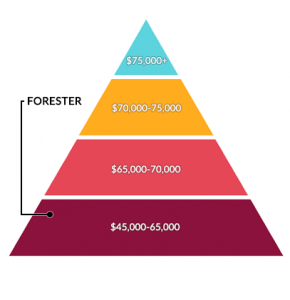
Foresters adhere to laws and regulations set by federal standards and initiatives.
By abiding by federal legislation, foresters achieve logging objectives using environmental and harvesting compliance.
From an operational perspective, forestry teams must execute according to logging plans.
After execution of a logging plan, foresters audit, assure quality, and verify adherence to plans and timber accuracy.
Overview of forestry careers
Whether you enjoy being outdoors or indoors… Or to harvest, conserve or comply. Foresters bark up the right tree. But with its fair share of challenges.
They work with soil scientists, wildlife biologists, and geologists. But foresters are mostly responsible for the health, management, and restoration of forests.
Don’t be shy and ask us any questions about the forestry profession below. We’d love to hear from you!




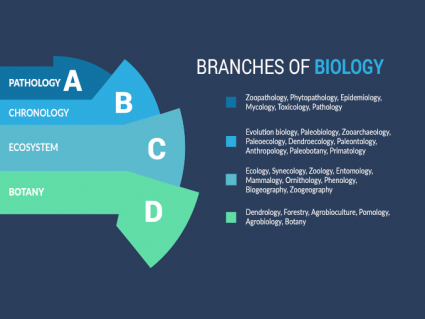




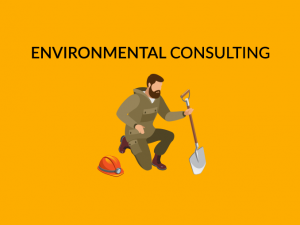
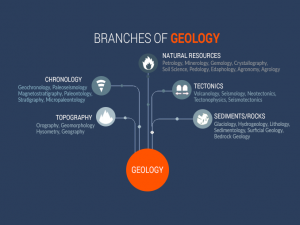




This has much information that I need